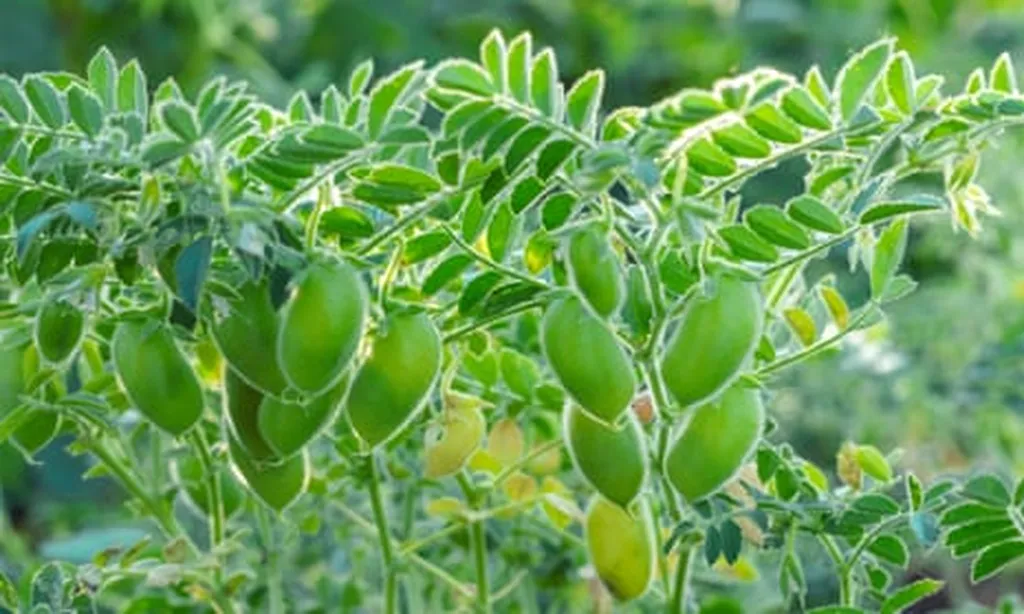In the heart of China, a team of researchers led by Jie Wu from the University of Science and Technology of China has unlocked a genetic secret that could revolutionize rice farming and, by extension, the energy sector’s reliance on nitrogen-based fertilizers. Their findings, published in the prestigious journal *Nature Communications* (translated as “Nature Communications”), shed light on the genetic differences between indica and japonica rice subspecies that influence nitrogen use efficiency (NUE), a critical factor for crop productivity and agricultural sustainability.
Nitrogen is a vital nutrient for plant growth, but its excessive use in agriculture has significant environmental impacts, including water pollution and greenhouse gas emissions. Improving NUE in crops is therefore a key goal for sustainable agriculture and, consequently, for the energy sector, which often relies on nitrogen-based fertilizers derived from energy-intensive processes.
The team identified three single nucleotide polymorphisms (SNPs) in the OsNLP4 gene that enhance the binding affinity of the indica subspecies to nitrate response elements (NREs). This amplification leads to increased transcriptional activation of genes involved in nitrogen metabolism and iron homeostasis. “These SNPs act like a volume knob, turning up the expression of genes that help the plant use nitrogen more efficiently,” explained Wu.
The practical implications of this discovery are substantial. By introgressing the OsNLP4 indica allele into elite japonica cultivar XS134, the researchers achieved a 12–25% increase in both grain yield and NUE across multi-location field trials under varying nitrogen regimes. This means that farmers could potentially produce more rice using less nitrogen fertilizer, reducing costs and environmental impact.
The benefits extend beyond rice fields. When the OsNLP4 indica allele was expressed in Arabidopsis, a model organism for dicots, shoot biomass increased by 23%, suggesting that the function of OsNLP4 is conserved across different plant species. This cross-species potential opens doors for broader agricultural applications, including crops crucial for bioenergy production.
Moreover, the study found that combining OsNLP4 indica with balanced nitrogen-iron fertilization boosted NUE by 30–32%. This synergistic effect highlights the importance of integrated nutrient management strategies in modern agriculture.
The research not only resolves a critical genetic basis of indica-japonica NUE divergence but also provides a validated strategy for improving yield and NUE of commercial japonica varieties. As Wu noted, “Our findings offer a roadmap for developing more sustainable and productive crops, which is essential for feeding a growing population while minimizing environmental harm.”
For the energy sector, this breakthrough could translate into reduced demand for nitrogen-based fertilizers, which are energy-intensive to produce. By enhancing the efficiency of nitrogen use in crops, the research paves the way for more sustainable agricultural practices that align with global efforts to reduce carbon footprints and promote renewable energy sources.
Looking ahead, the discovery of OsNLP4’s role in nitrogen use efficiency could inspire further research into similar genetic mechanisms in other crops. This could lead to a new wave of genetically enhanced plants that require fewer inputs and yield higher outputs, ultimately benefiting both farmers and the environment.
In summary, the work of Jie Wu and his team represents a significant step forward in the quest for sustainable agriculture. By unlocking the genetic secrets of nitrogen use efficiency, they have provided a powerful tool for improving crop productivity and reducing the environmental impact of farming. As the world grapples with the challenges of climate change and food security, such innovations will be crucial in shaping a more sustainable future.

